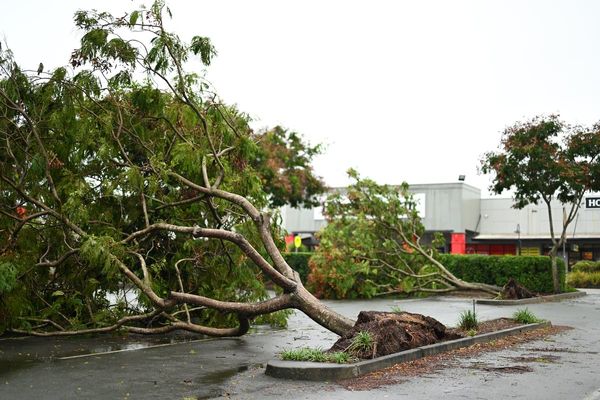
A team of scientists have begun exploring whether dogs, goats and other farmyard animals are able to predict natural disasters such as volcanic eruptions and earthquakes.
They have enrolled thousands of animals for a programme that uses tiny transmitters fitted to mammals, birds and insects to monitor their movements from a satellite in space.
As well as analysing their reaction to imminent disasters, it will also study the spread of diseases among breeds, the impact of climate change and migration patterns.
A previous study in Sicily on the slopes of Mount Etna, an active volcano, found that sensors showed the goats became nervous before an eruption and refused to move to higher pastures.
“They know beforehand what is coming. We don’t know how they do it, but they do,” the project leader, Martin Wikelski, of the Max Planck Institute of Animal Behaviour in Germany, told The Guardian.

“Ultimately, we hope to launch a fleet of around six satellites and establish a global observation network that will not only provide details of wildlife movements and animal health across the planet but reveal how creatures respond to natural phenomena like earthquakes,” he said.
It remains unclear why animals behave this way, with Mr Wikelski suggesting that the movement of tectonic plates throwing “ions from the rocks into the air” could be causing their reaction.
Tagging technology has made it easier for scientists to monitor animal behaviour, with tiny digital transmitters collecting data that can be analysed.
For example, an electronic ear tag placed on a wild boar has helped show the quick spread of the highly contagious African swine fever between them and domestic pigs.
It should also help scientists under migration, and why creatures such as death-head hawkmoths travel 2,000 miles between Europe and Africa every year.
“Similarly, we will be able to study animal populations to determine how they are responding to habitat changes triggered by global warming,” said Wikelski.
The International Cooperation for Animal Research Using Space (Icarus) had been due to launch several years ago but had to halt cooperation with their Russian counterparts on the International Space Station due to the invasion of Ukraine.
The team has now built a new small satellite which is due to launch next year to begin work on the project.







